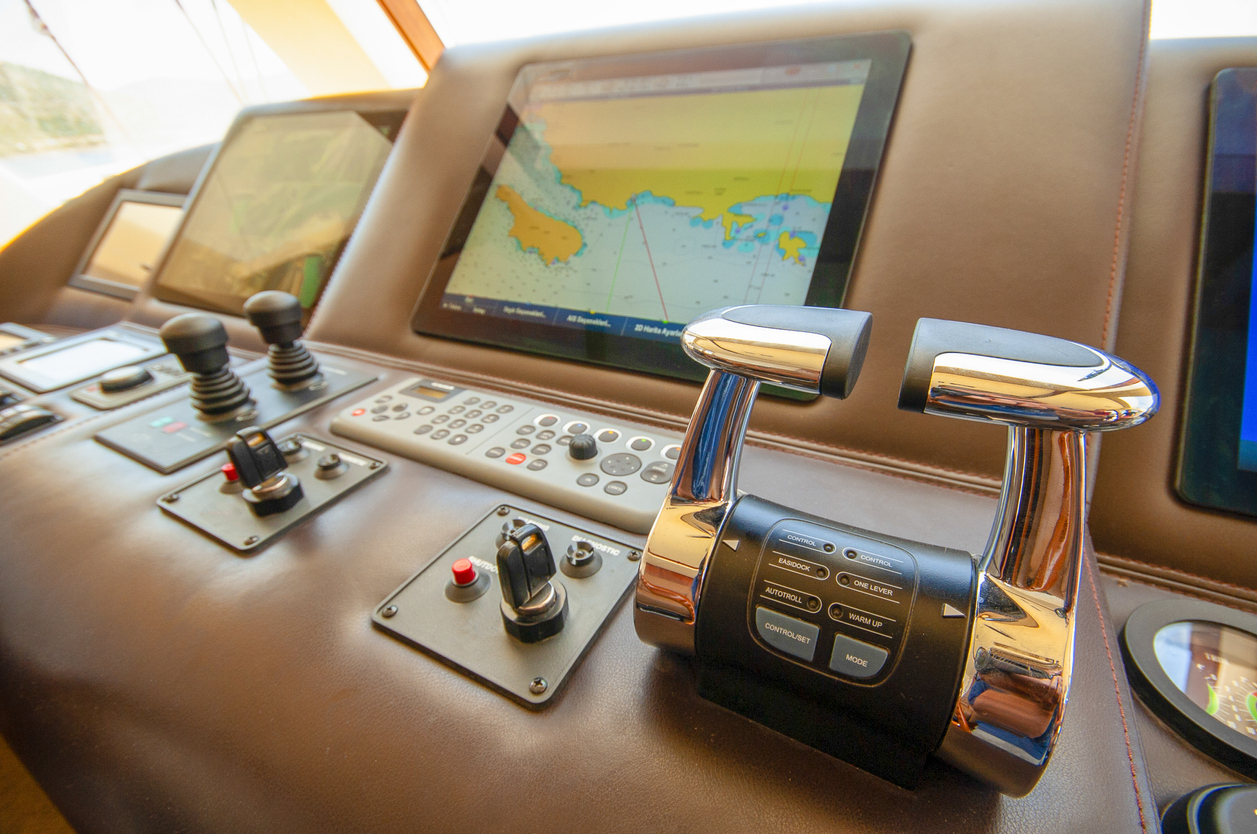
Navigation Mistakes to Avoid to Prevent Marine Accidents
May 19, 2020
Marine vessel operators, including both commercial ship captains as well as recreational boaters, face many challenges when at sea. Because the open ocean has no visible landmarks, skill in navigation is crucial. Vessel operators depend on complex instruments to help them determine their heading and direction of travel, but these navigational instruments are not without their potential for error. In this guide, we will explore common navigation mistakes that insurance agents can share with their ship navigator clients. As a component of risk management, which includes commercial marine insurance, gaining an understanding of navigation errors helps to reduce costly claims.
Marine Navigation: An Overview
Ship navigators utilize a wide range of traditional and electronic navigation aids when operating vessels at sea or in larger bodies of water. When land is in sight, navigators can use visible landmarks to gauge position of the vessel; when out of sight of land, they may use aids like:
- Radar
- Global positioning systems (GPS)
- VHF radios
- Paper maps and charts
- Chart plotters
- Compasses
Used individually or together, these aids allow for a ship navigator to plot position, direction of travel, and vessel speed. If one system fails, the others can be used as a backup, helping to maintain course and to avoid navigational hazards.
Common Ship Navigation Mistakes
Modern electronic navigation instruments are extremely powerful and accurate, helping the ship navigator to maintain a safe course when at sea. Unfortunately, even though these instruments offer impressive navigational assistance, they are not foolproof. Common mistakes include:
Relying too much on radar – while radar systems can pinpoint many navigational features, smaller vessels and fouling hazards may not be visible on-screen. In these cases, focusing solely on radar can result in collisions. Visual navigation, including keeping watch on surrounding waters, supplements the power of radar systems. Even when a radar alerts the ship navigator to a potential hazard, a visual verification can help to prevent marine accidents.
Dependence on the Safety Management System (SMS) – established by the International Safety Management Code and supported by the International Maritime Organization (IMO), SMS is a safety policy that includes navigation, operations, and accident reporting functions. Navigators must still make visual verifications of hazards, including dead reckoning or more frequent position plotting, to avoid any potential errors in this system.
Confusing buoy shapes and colors – navigational buoys are color-coded and shaped according to international shipping regulations. These colors and shapes can be confusing, however, especially when transiting between shipping regions or in navigational channels. Ship navigators must master identification of navigational buoys regardless of region.
Failure to monitor rudder angle – one of the many instruments available to the ship navigator is a dial or readout indicating rudder angle. A rudder is used to steer many vessels, and its angle determines the vessel’s direction. When relaying navigation instructions between the vessel’s captain and navigators, errors can be made. Visual inspection of the rudder angle indicator helps to minimize these common errors.
Radio communication errors – VHF radios are a valuable addition to ship navigation. They allow for fast and accurate communication in most cases. In some situations, garbled transmissions or failure to understand messages can result in navigation errors, often leading to at-sea collisions. When in doubt, messages should be repeated and any discrepancies about vessels in the area should be verified using visual means.
Preventing Marine Accidents: Risk Management Practices
Electronic and traditional navigation systems allow vessels to operate safely in waters around the world. Still, as noted above, these systems are not without their weak points, and a ship navigator must employ educated guesses to ensure safety. Insurance agents should recommend the following best practices in order to help their clients protect their vessels, crew, and others from harm while underway:
- Regular training and retraining of ship navigator personnel, including training on new navigation systems.
- Refresher courses in traditional navigation, such as reading maps and plotting routes with a compass and protractor.
- Ensuring that marine insurance policies are up to date and reflect the risk exposures vessels may expect during operations.
With these practices, ship navigation errors are minimized, allowing vessels of all types to move safely through the water. These practices also help to manage insurance claims, saving money and effort over the long run.
About Merrimac Marine Insurance
At Merrimac Marine, we are dedicated to providing insurance for the marine industry to protect your clients’ business and assets. For more information about our products and programs, contact our specialists today at (800) 681-1998.
